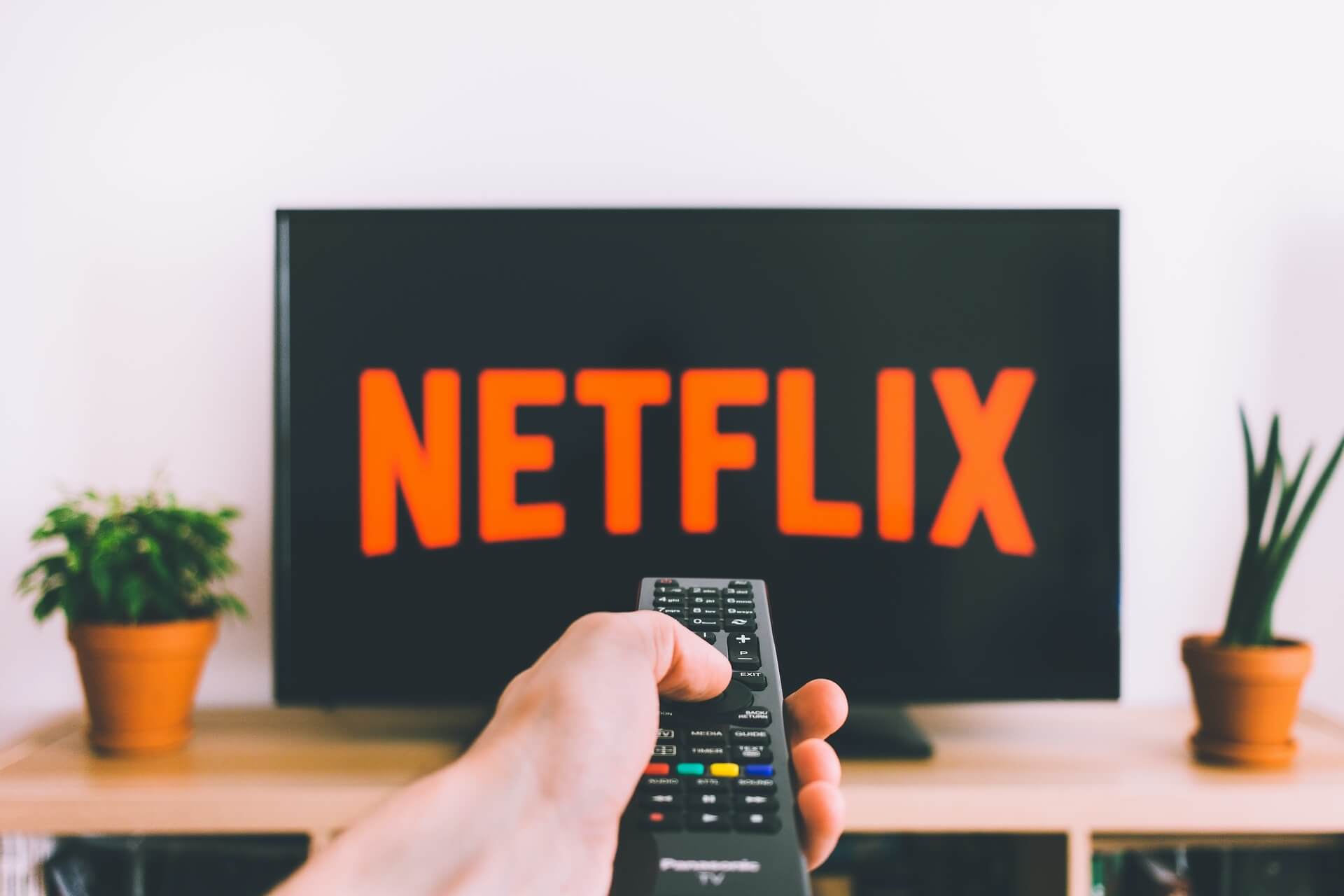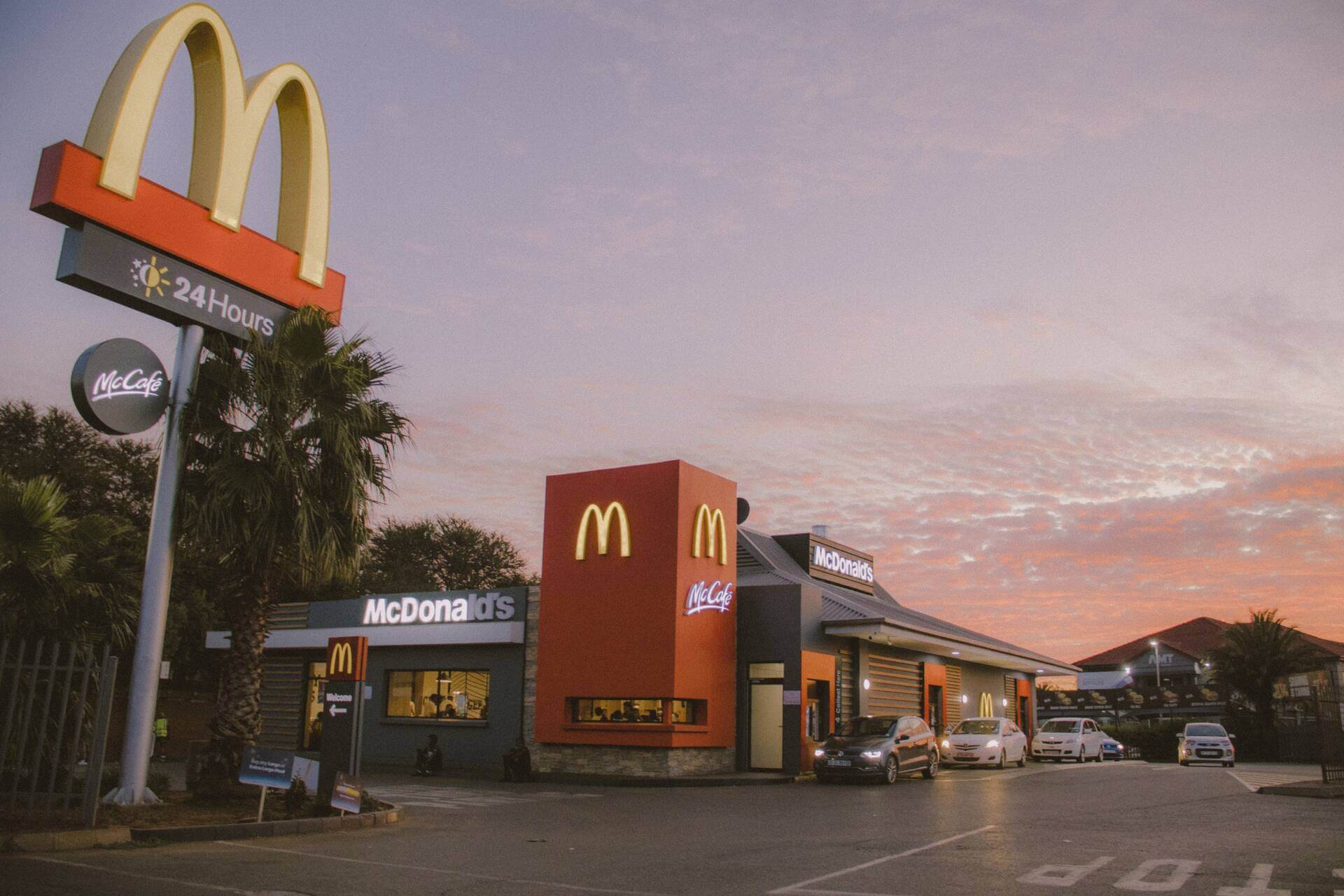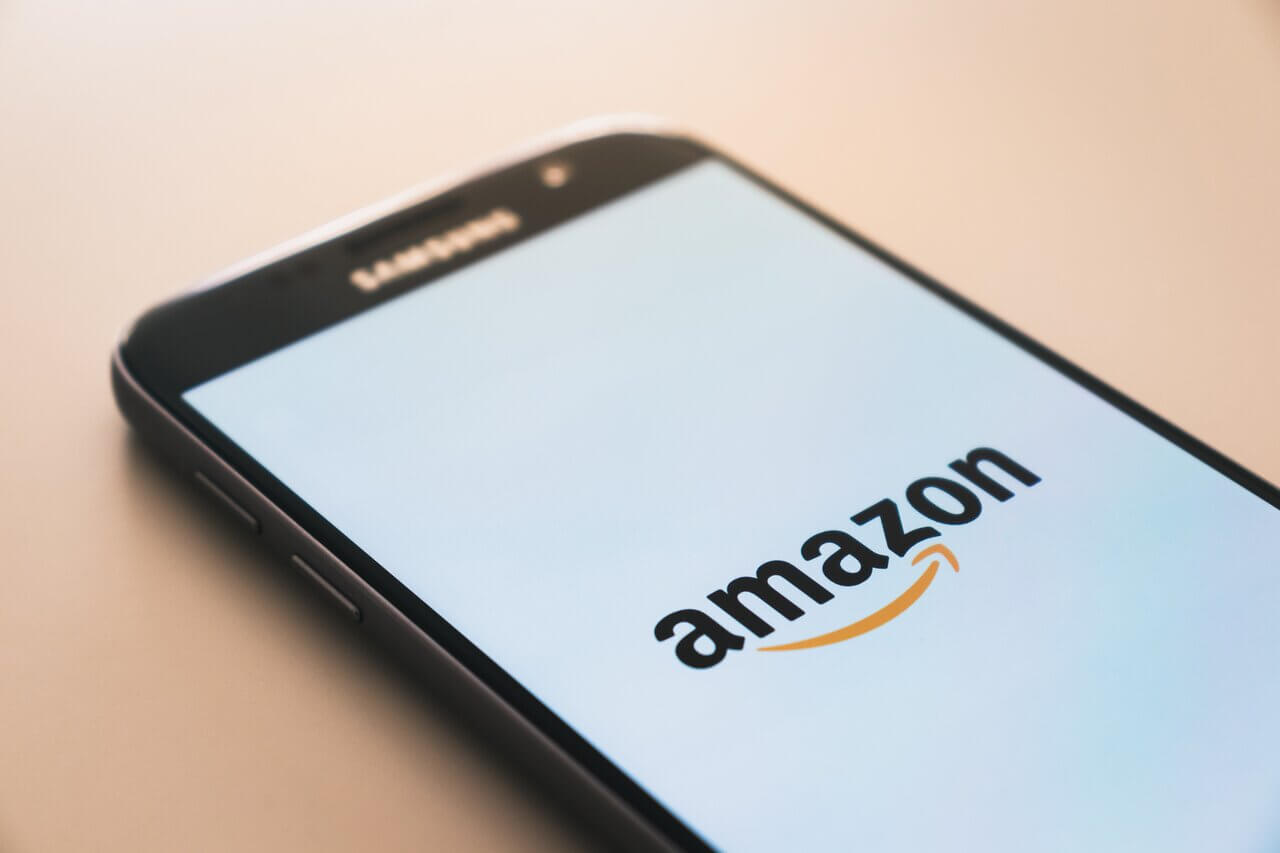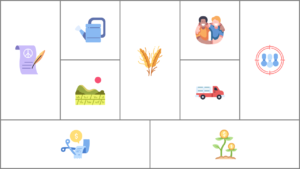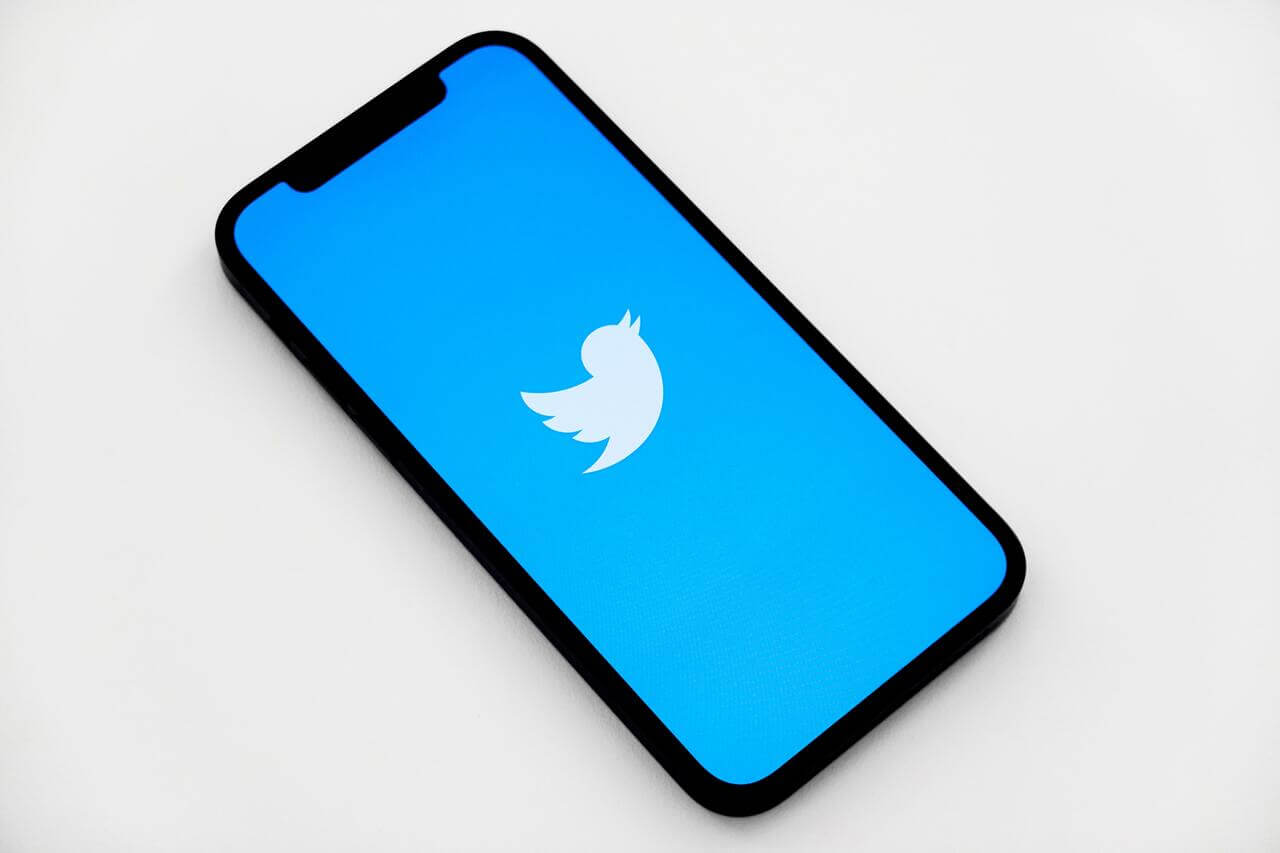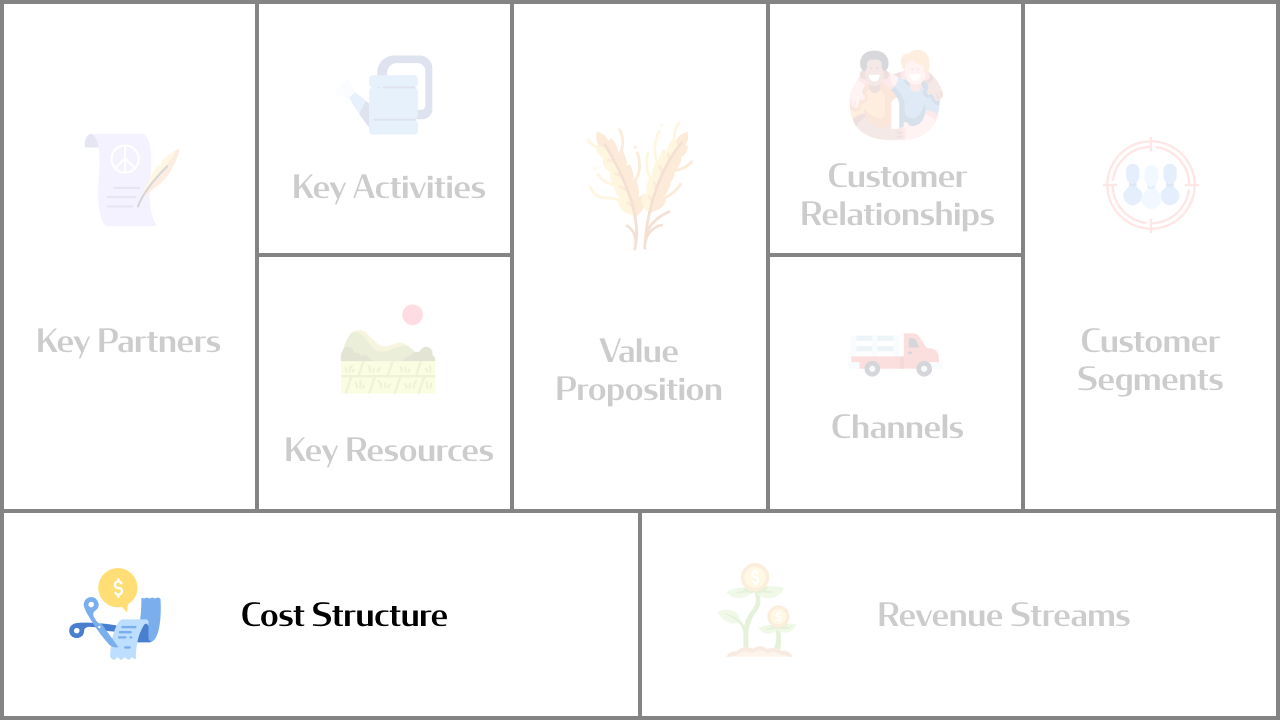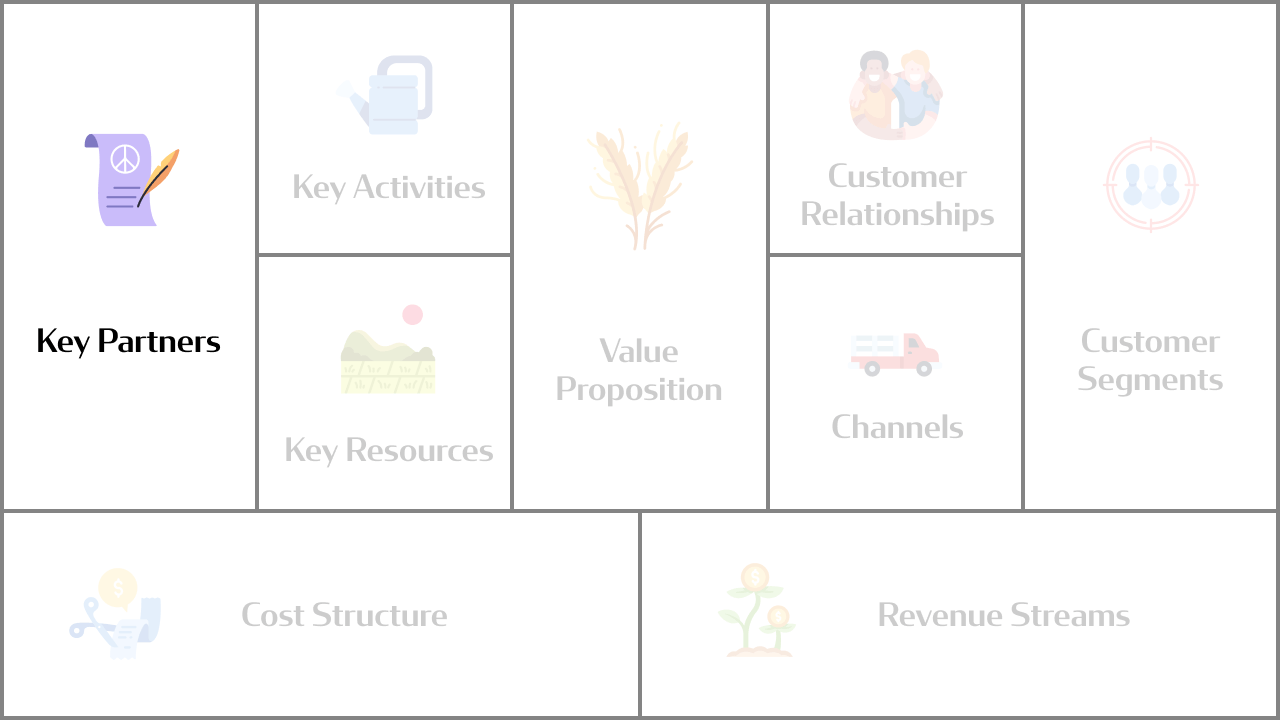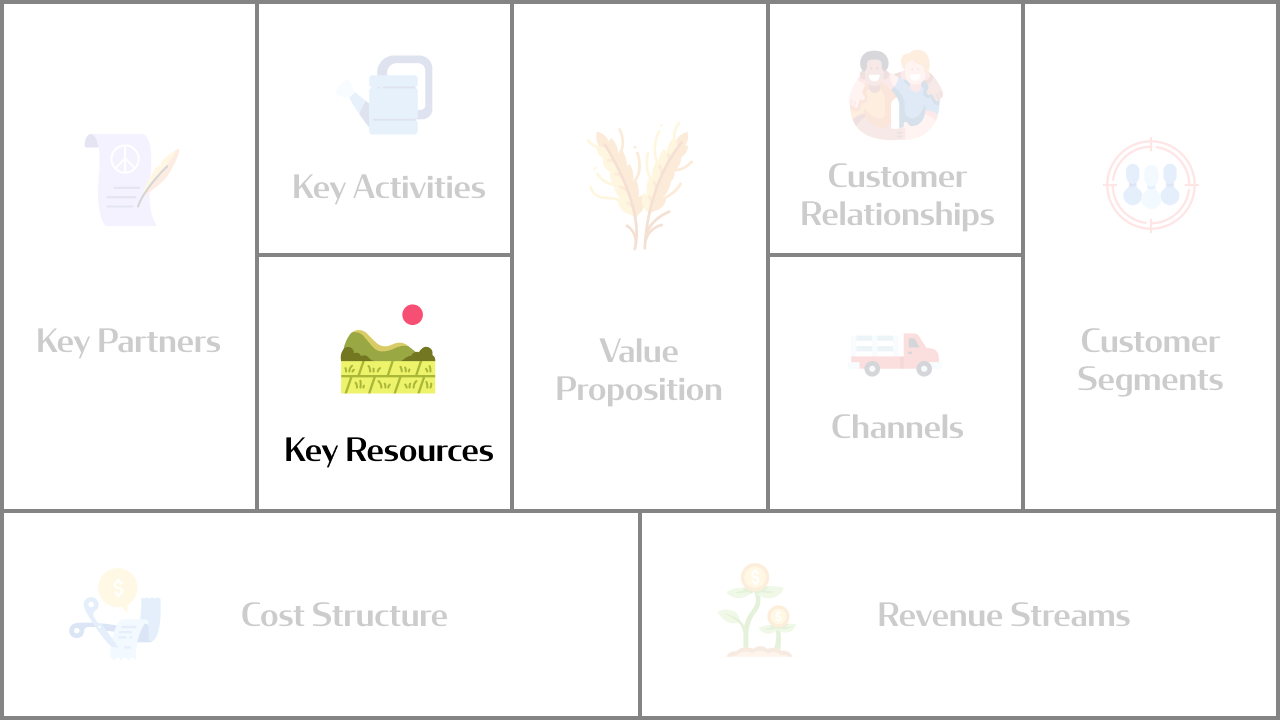A few decades ago, you had to leave your home to buy music. If you’re from that era, you’ll remember the anticipation you had as you counted down the days until your favorite artist dropped a new album. The atmosphere would be electric with long queues building outside music shops; those were simpler times.
If you’re from the streaming generation, then the scene we’re painting will seem very foreign to you. Nowadays, the music landscape has transformed completely. Streaming is king, and there is no bigger giant in this business than Spotify.
Made up of two words, “Spot” and “Identify,” the story of Spotify is the ultimate modern-day American dream fantasy. The company has taken the music industry by storm since its launch in 2008. It has 210 million premium subscribers worldwide, enjoys a 32% market share, and generated 7.8 billion in revenue in 2020.
But how did the company do it? How did they manage to make a profitable business model out of providing unlimited streaming music to users? And why do many individuals in the music business credit Spotify for the stability and growth the industry is enjoying today?
Let’s dive into how all this became a possibility, shall we?
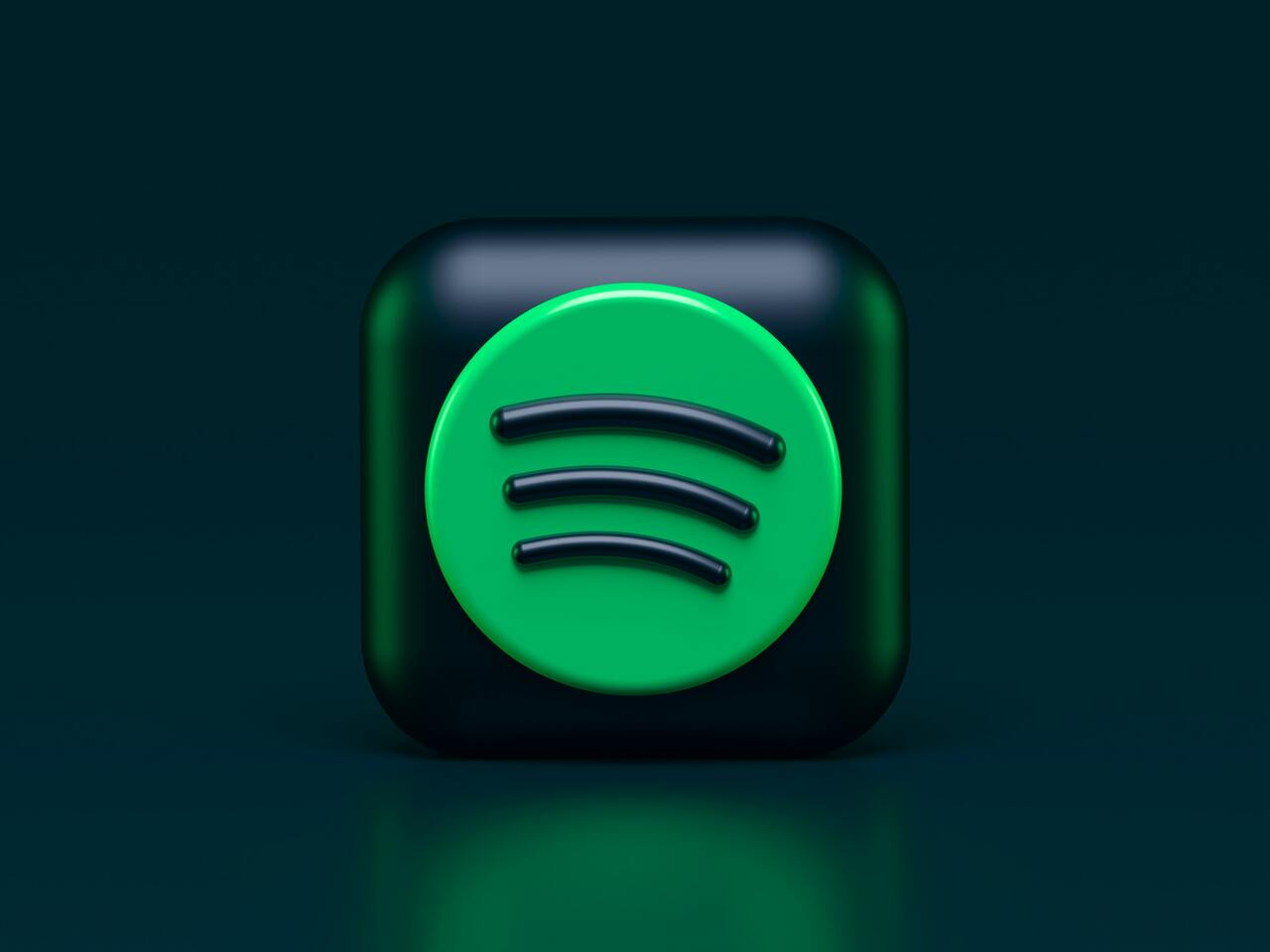
1999-2005: Pre-Spotify Environment
To understand the impact of Spotify on the music industry, we need to look at what was happening in the music business before Spotify came into the picture. This history is directly linked to Spotify’s value proposition.
Here’s a brief timeline of key events in the music industry before Spotify:
1999: The Rise of Napster and peer-to-peer file sharing
In 1999, two teenagers, Sean Parker and Shawn Fanning, formed a peer-to-peer file sharing platform called Napster. (Sean Parker, who also played a huge role in Facebook’s early days, would go on to have a significant impact on the success of Spotify a few years later.)
The distribution of music began to transition from being sold on CD or vinyl to an audio file that could be shared quickly and illegally for free.
The rise of file-sharing platforms like Napster and Limewire caused a massive drop in revenue for the big recording labels in the U.S. Many recorded music lost over 50% of its value due to the piracy promoted by these platforms.
The music industry was unprepared for the onslaught and failed to understand how rapidly the world was changing. Their only response was to issue lawsuits to Napster and try to bury it in legal issues.
The Recording Industry Association of America succeeded in getting rid of Napster. Still, there were so many copy-cat file-sharing platforms mushrooming at an alarming pace it was hard to keep track of all of them. Music executives were being forced to re-evaluate priorities and change their business models. Still, they seemed to have very few ideas on how they could accomplish this.
2001: Apple iTunes to the Rescue
The old business model was in freefall and needed some help. Relief came for the music industry in the form of Apple iTunes. While there was slow uptake, in the beginning, a lot of people began to use iTunes to pay for music. This was revolutionary because now people could buy a single song instead of a full album.
This brought some stability to the industry, but it wasn’t enough. Piracy was still rampant. How could the industry convince a new generation fast becoming accustomed to free music that they had to pay for it?
2003: MySpace changes the landscape
The rise of the social network site Myspace gave music artists some measure of relief. The platform had several music elements that enabled musicians to connect with fans across the U.S. and around the globe.
Musicians could share new and old music with ease, but it was no match for piracy. Additionally, by 2005 MySpace began losing members to Facebook, which had no music features. Illegal file-sharing was winning the war.
2006-2010: How Spotify Started
2006: From the Cinders of Napster, a Perfect Solution
Daniel Ek had found success at a young age. Just 23 years old, he was a self-made millionaire who had taught himself computer programming. As a teenager, Ek had started a web design company that catered to businesses in and around Stockholm, Sweden. He charged local companies $5,000 to design and host their websites. Soon he was making up to $50,000 in monthly revenues.
Through his business connections and working in various tech companies in Stockholm, Ek met Martin Lorentzon. The pair spent hours together brainstorming new business ideas in Ek’s apartment. They relied on Ek’s computer to play music in the background during these sessions.
It soon became apparent to them that using a computer to find and listen to music was frustrating and limiting. That’s when the idea for an online music streaming service with an unlimited music collection was born.
Ek and Lorentzon were familiar with Napster and what it had accomplished. There was a new way to listen to music that wasn’t limited by physical media or ownership. They decided to try and do what Napster had done; only they needed to do it legally.
Finding the Perfect Solution
Both Ek and Lorentzon understood the challenge that they had to solve. A peer-to-peer music sharing service was excellent, but it had too many legal issues. Moreover, piracy had other limitations aside from legality.
- First, there was no way to guarantee the sound quality of pirated tracks; in fact, most pirated songs had terrible audio quality.
- The second hurdle was that downloading one song could take several minutes, eventually leading to users becoming frustrated.
- The third challenge they had to consider was that most torrents, even popular ones, were full of viruses and malware.
- The fourth thing they needed to think about was the competition from Apple’s iTunes, which sold an individual song for $2.
- Lastly, they had to convince the record labels to give them licenses and prove that the business model was profitable for all parties; Spotify, the record labels, and the artists.
It was a huge undertaking, but the beauty of the idea as a multi-party platform business model was that it would sit right in the middle of the two extremes of the music industry at that time. On one end, Spotify would be an audio streaming platform that catered to the consumer who needed easy access to an extensive library of music. And on the other end would be the artists, record labels, and executives who needed a way to combat piracy and bring back huge revenues.
Building the perfect product
Ek and Lorentzon realized that their new site needed to deliver high-quality audio instantly and legally. They would have to invest heavily in engineering and create the perfect product that focused on the consumer’s user experience. The idea was to make the experience of using Spotify so good that people would feel compelled to pay for access instead of downloading the music for free.
They worked on perfecting their freemium business model. This meant getting rid of charging for downloads and instead built the base platform in a way that offered the service for “free.” They figured that some consumers would be willing to view or listen to adverts to access the large music catalog. Those that preferred to avoid adverts would opt to pay a monthly fee of $5 to $15.
In just four months, they had a working prototype called Spotify AB.
2007: Testing Spotify AB
The following year, Spotify AB went into closed beta testing. They looked for famous and influential music bloggers in Sweden and invited them to try the new site to get the word out. This marketing strategy was a hit for two reasons. First, the use of the bloggers meant Spotify could get the word out without having to spend huge amounts of money on a big marketing campaign. Secondly, the music bloggers themselves would become Spotify’s first beta users giving them exclusive access to the new kid on the block.
Incredibly impressed by how well the product worked, the bloggers began an online frenzy, writing about the new and exciting music app to hit the market. This caught the attention of many investors in Sweden as well as in the tech circles.
2008: Product Launching & Attracting Investors
2008 was a challenging financial year, and the global music industry revenues had fallen a further $16.9 billion. There seemed to be no end in sight, and sales were dwindling to an all-time low. It was clear the old model was failing, and the financial crisis would be the nail in the coffin.
Knowing this, Spotify approached the “Big Four” of the American record labels: Sony, Warner, Universal, and EMI. The company presented their new idea to them as well as to several smaller labels. This was the lifeline that the music industry had been waiting for. Just like when Netflix could finally buy premium content during the recession, Spotify’s timing was perfect.
All the labels agreed to license their entire back catalogs to Spotify for use outside of the U.S. for a limited time. In exchange, the four big labels became Spotify’s most significant shareholders, receiving approximately a 20% share in the company for $112,000.
This partnership with the Big Four was crucial to Spotify’s survival. Without licensing, the business model would not work. It was a win-win situation for both parties because now the record labels had a new way to reach younger fans, and Spotify now had proof of concept.
Indeed the company took advantage of this by starting an early-round funding series to get more capital. The company held a Series A round and raised over $ 21.6 million in early October. They used this money to fund an aggressive hiring spree to help keep up with product development.
Product Launch & Spotify App becomes available on Apple’s App Store
On the 7th of October, Spotify launched its streaming service using a limited invite-only sign-up for the app’s free version. Premium subscribers, on the other hand, were made available to the public immediately. This approach was by design because they needed to make the app profitable before opening the free version to everyone. The premium subscribers would help Spotify pay off royalties for the music. That same year, Spotify partnered with Apple and created an app for iPhone users available for them in the Apple App Store.
The company decided to take a slow-growth approach instead of scaling quickly as most start-ups did. They chose to focus on developing a solid and working product while restricting member access. This helped Spotify to manage the steady user growth and created a sense of exclusivity around the product.
Despite the perfect launch, Spotify reported a $4.4 million loss in 2008.
2009-2010: Challenges with Extending the Licensing Agreements & Partnering with Apple
In 2009, Spotify expanded into the UK, France, and Spain. By the end of the year, they had over 6 million songs on its platform. This was quite an achievement for a company that was just three years old.
That same year two important things happened for Spotify. First, Apple agreed to allow the Spotify app to become available on the App Store. This gave access to millions of Apple iPhone users and increased the number of paying subscribers.
Remember Sean Parker from Napster? He was now President of Facebook and was so enamored by Spotify that he introduced it to Mark Zuckerberg. Immediately Zuckerberg was taken by the product, particularly the user interface and social sharing functionality. These features drove Facebook to seek out a partnership with Spotify a few months later.
Battling the record labels
Spotify planned to launch in the U.S in 2010, however, licensing negotiations with the Big Four became complicated. This resulted in Spotify pushing back its launch date. Spotify’s issue with the record labels was based on two things; first, its business model, and secondly, its conversion rates.
You see, the labels did not want Spotify to launch the freemium version of the app in the U.S. they wanted the paid version only. This was their way of responding to the iTunes monopoly. They thought that only the premium version would be able to compete with Apple effectively.
Secondly, the recording labels felt that Spotify’s 7% conversion rate from free users to premium subscribers was too low. They wanted the company to have a rate between 15% and 20%. While this was a genuine concern, it highlighted just how out of touch these music giants were. Why? Well, because a 7% conversation rate was by many standards excellent for a freemium product.
Spotify stuck to their guns and eventually convinced the recording labels to follow their lead. The company began preparing for an American launch the following year.
Spotify Business Model Canvas: The Early Days
At this point, Spotify’s Business Model Canvas looked like this:
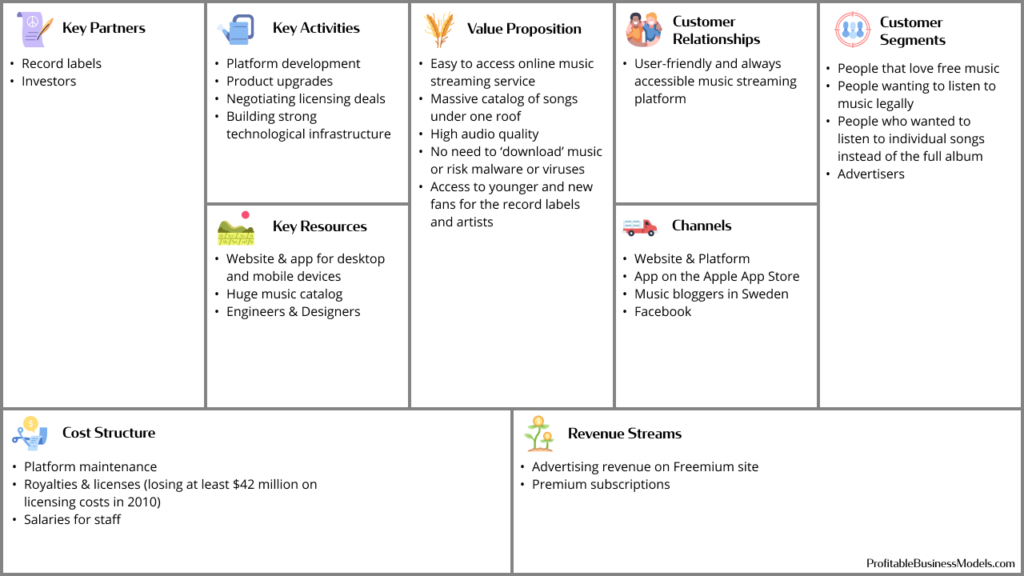
2011–2014: The American Invasion
2011: Integration with Facebook and Plans for an American Invasion
It was not until 2011 that Facebook and Spotify integrated their platforms. This enabled users to publish music profiles and share playlists and songs directly through the Facebook Messenger chatbox.
This wasn’t the only thing that made the integration a clever move. Ek had from the beginning focused on reducing any user frustration, especially avoiding a long-winded sign-up process. Facebook allowed Spotify to use its login feature, making the sign-up process effortless. With just one click, a Facebook user could create a Spotify account.
Within four days of the integration, Spotify had gained 1 million new Facebook-connected subscribers and freemium users.
Hello America!
By 2011, the Spotify music catalog was sitting at more than 10 million tracks. It had over a million people using its service across seven European countries. The freemium model of the company was growing, but they needed more subscribers to stay afloat.
Sean Parker, the co-founder of Napster and Facebook President, had joined Spotify as a board member. He invested $100 million to fund the company’s launch in the United States.
The company partnered with big American brands like Motorola, Sprite, Coca-cola, Chevrolet, and Reebok, among others, to try and get more users. Let’s look at a few of these partnership deals in detail.
Key American Partnerships
In its partnership with Coca-cola, Spotify would help develop technology for Coca-Cola music. In exchange, Coca-Cola would integrate Spotify into its Facebook platform. This meant that Spotify would get access to 40 million members of the Coca-Cola Facebook page.
With Motorola, Spotify would become the handset vendor’s exclusive music streaming partner. Ensuring that all new products would come with the Spotify app installed. Motorola would also engage in several marketing campaigns offering its customers “…coveted early access [in the U.S] to Spotify’s on-demand music streaming service.”
In its partnership with Reebok, Spotify created an app within the platform called Rebook: FitList. The app lets subscribers listen to playlists based on the exercise they are doing. The playlist supports several exercises, and Spotify users voted for all the songs. They also managed to get prominent sports individuals to market the app.
This approach was brilliant because Spotify was reaching all corners of American society. Regardless of who you were, there was a high likelihood of hearing about Spotify one way or another. It was a particularly aggressive way of entering the market, and it worked.
On top of the individual partnership agreements, Spotify also ran display ads on its freemium product for its American launch partners. In exchange, the partners would drive traffic to Spotify by giving away exclusive invitations to the music platform. This approach garnered a lot of buzz because the product was not available to everyone and contributed to Spotify’s growth in the U.S.
2011-2013: Restructuring the business model
The launch in America had gone well, and Spotify has so far managed to grow at a pace they could handle. They were still having issues with the freemium business model. The free service was failing to catch up to the premium service in terms of revenue. The ads were not bringing in as much as they should, and the pipeline from free to premium users was still very weak.
They spent the rest of 2011 trying to address these issues. However, it was clear that it wouldn’t make sense for Spotify to pursue ads as a separate revenue stream by the end of the year.
In 2012, Spotify had reached 20 million total active users, five million premium customers. The company also launched an application for Android smartphones. The same year, they raised $100 million in a Series E round led by Goldman Sachs.
This put the total amount of capital funding at almost $300 million. Where was the money going? A closer look at the business model shows that nearly all of the money that Spotify raised was spent on royalties and licensing deals. Additionally, it was taking Spotify approximately 12 months to recover the costs of its freemium service. Some restructuring was needed.
In 2013, Spotify made mobile streaming( a premium-only feature) available to free service users. While it may seem counterintuitive, it made perfect sense. Giving premium features to the free service users made the whole platform more alluring. This increased the conversation rate, and by the end of 2013, Spotify had more than 6 million paid subscribers.
Despite the success of this strategy, the company still needed more premium subscribers to offset its considerable costs. Ek needed to get these operating costs under control if the company was to go public.
The following year in 2014, Spotify eliminated the 20-hour time restriction on the free service making the freemium product even more attractive. This increased the total active users to 50 million, of which 12.5 million were paid subscribers.
2015-Present: Arrival of Competition from Apple Music, More Profitability Issues & Product Development
2015: Competition from Apple Music
Apple Music arrived on the scene in 2015. It immediately began to shake things up with exclusive deals from famous artists like Taylor Swift and Drake. However, the impact that Apple was hoping to have in the industry was lackluster at best.
They tried to come off as offering a better service than Spotify. While this might be true for iPhone users, it wasn’t so for those that didn’t use Apple products. Apple Music had a bad desktop platform. It was glitchy, often crashing, and the optics were not as seamless and attractive as Spotify’s.
Apple Music vs. Spotify
When Spotify became available on the App Store in 2008, Apple had a system that allowed any third-party app developers to use external billing systems to pay for the apps in the App store.
However, in a move to try and consolidate and strengthen its position, Apple introduced a new billing system in 2011 that eliminated external payment options and imposed a 30% fee on content-based apps such as Spotify. This meant that iOS users would pay more to use Spotify premium compared to other premium subscribers because Spotify passed this cost on to them. In other words, it was 30% more expensive to subscribe to Spotify premium if you had an iPhone.
Because Spotify was still trying to build its user base, it accepted the new guidelines until Apple Music was launched in 2015. Spotify found the launch of Apple Music as a direct threat to their dominance.
Apple had eliminated third-party payment platforms on the App Store, which meant that Apple Music would likely start to absorb some iPhone users who had previously been subscribed to Spotify because Apple Music was cheaper.
To try and remain competitive, Spotify released a new update to their App Store app in 2016. This new update reintroduced paying subscriptions on external platforms, making it cheaper for iPhone users.
Of course, Apple rejected the new update claiming that it violated its App Store Guidelines and that Spotify was trying to circumvent its subscription system. This made it harder for new Spotify users to upgrade to premium if they had an iPhone. Spotify argued that Apple was using their guidelines as a weapon against competitors. Regulators conducted no formal investigation, and the rivalry continued.
A few months later, Apple submitted a proposal to the Copyright Royalty Board, responsible for determining how many streaming services are required to pay songwriters and publishers. Apple was proposing a flat fee every time a song is played on its freemium service, which would drive up the cost of royalty payments for Spotify. This would be a challenge for Spotify, which was operating on a cheaper system that required the company to pay a percentage of the total streams to the rights owners.
The launch of Apple Music was to be the beginning of a long, drawn-out cold war between the two streaming services.
2015-2017: New Spotify Algorithms
To try and get ahead of its competition, Spotify poured resources into developing a new algorithm that would curate playlists and personalized recommendations based on preferences and listening habits. The new Discover Weekly feature was launched in July 2015. It became an immediate sensation among Spotify users who would tune in every Monday.
This new feature changed the company’s growth trajectory, attracting at least 40 million new users to the platform. Immensely pleased by the overwhelming response, Spotify allocated more money to develop algorithms and the required infrastructure.
In 2016, the company launched a new algorithm product called Release Radar, which curated new playlists released every Friday for two hours. This algorithm picked music from artists that the user was already listening to and following.
In 2017, they launched the Time Capsule feature, which curated a playlist for the top 30 nostalgic tracks from the user’s teenage years and early twenties. These new features were accurate and managed to help Spotify infiltrate into the weekly lives of its users. Slowly the platform was becoming an indispensable part of a subscriber’s week.
2018: Going Public
With a growing user base and having finalized the last of its renewal agreements, Spotify was able to post an IPO. So on the 28th of February, the company filed a direct listing on the New York Stock Exchange and formally went public on the 3rd of April, opening at $165.90.
That same year, Spotify expanded into 13 new markets in South Africa and the Middle East. They also acquired music licensing platform Loudr, the podcast network Gimlet Media and Anchor FM Inc.
Profitability Issues
Even with a successful IPO and growing subscriber base, Spotify was still facing profitability challenges.
The first issue was that the company was at the mercy of the record labels. Since its creation, Spotify had spent billions of dollars in licensing fees and royalties. The business model was bleeding the company dry despite huge capital investments and growing subscribers.
The second issue was that the company decided to focus on acquisitions in 2016. They purchased music start-ups Soundwave, Cord Project, Crowd Album, a cloud-based platform called Preact, and an audio detection technology company called Sonalytic. This increased the spending bill resulting in more losses.
It was only a few years later, in the first quarter of 2019, that Spotify reported a profit. Three key things were responsible for this:
- There was a significant increase in paid subscribers.
- Spotify managed to renegotiate favorable terms with the record labels, allowing the company to retain a bigger chunk of the revenue it was generating.
- Spotify decided to reduce their expenditure on research & development, specifically reducing its engineering staff costs.
Spotify Business Model Canvas: Expansion & Establishment
At this point, Spotify’s Business Model Canvas looked like this:
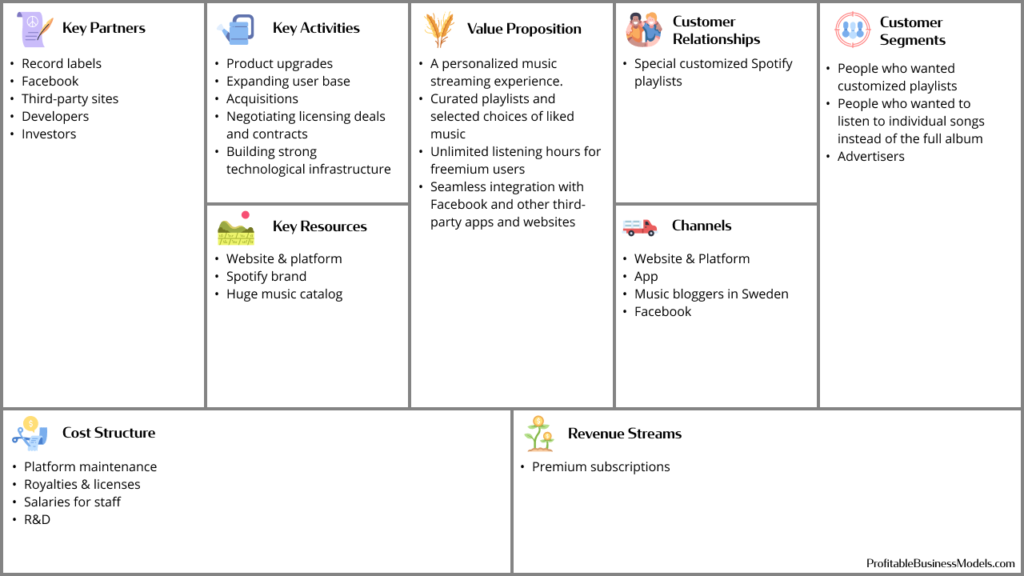
Last Word
Spotify’s most significant hurdle for all its technological innovations and negotiating skills were reducing costs and becoming profitable. The company had to find a way to do this without disrupting its core business model or upset the record labels. They managed to achieve profitability in the first quarter of 2019 for the first time since launching in 2008. Time will tell whether this upward trajectory will last.
Sources
- https://www.businessofapps.com/data/spotify-statistics/
- https://www.forbes.com/sites/parmyolson/2011/10/11/spotify-loses-42-million-on-licensing-costs/?sh=441db4fe6f70
- https://www.mobileworldlive.com/latest-stories/motorola-teams-with-spotify-for-us-launch
- https://www.businessinsider.com/spotify-has-spent-10-billion-on-music-licensing-and-revenue-since-it-started-2018-2?IR=T
